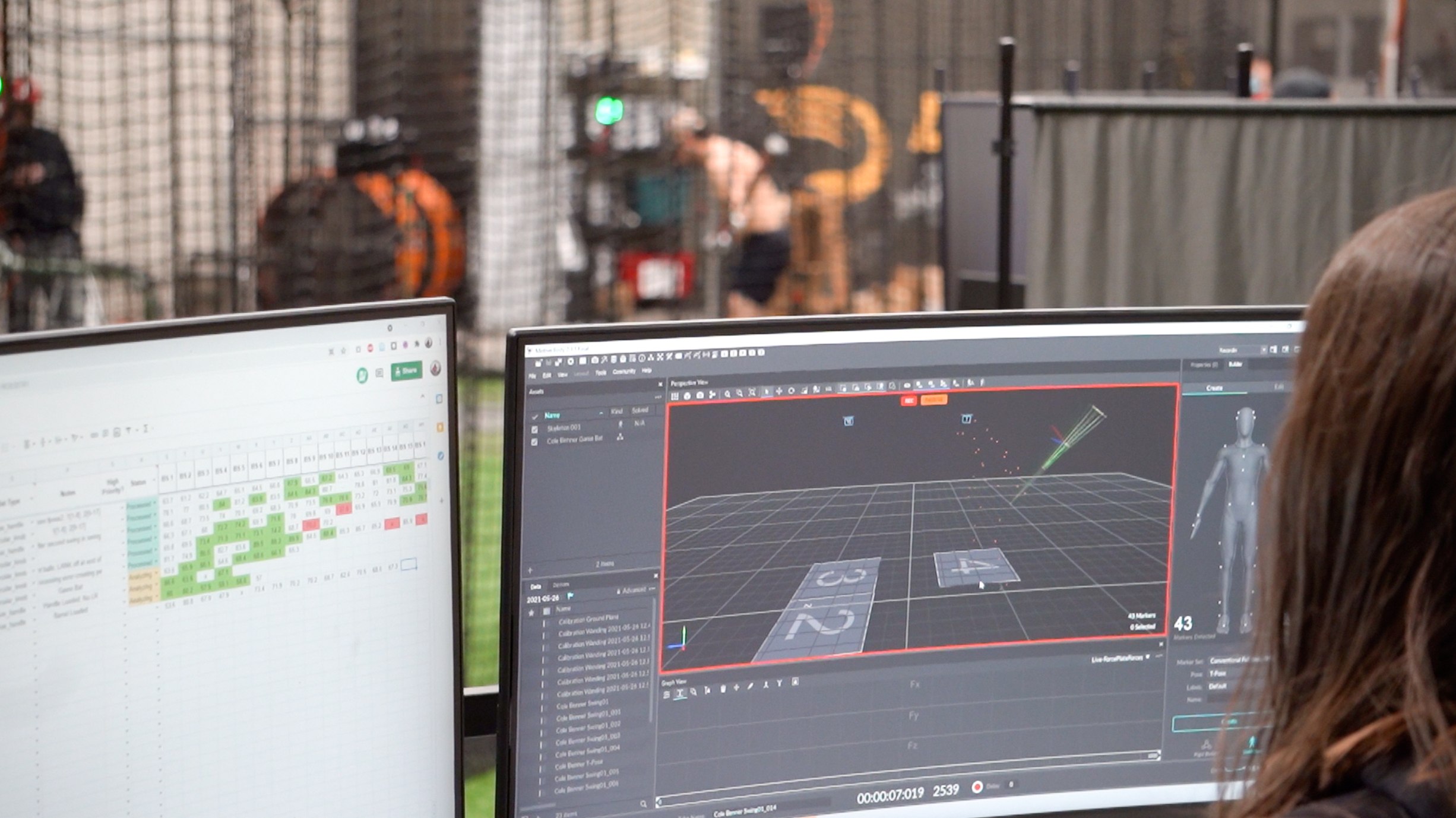Caught Looking: July 2021

The Athletic Intelligence Quotient and Performance Outcomes in Professional Baseball
The importance of cognition, visuospatial processing, and intelligence is something we have been interested in and is a relatively unknown frontier of baseball. How much do the non-physical aspects of training matter and can we work on developing them to improve athlete performance?
Bowman et al. recently published a study looking at The Athletic Intelligence Quotient (AIQ) and its relation to performance outcomes in professional baseball players.
The AIQ was created to evaluate athletic intelligence, including the more dynamic cognitive that has been shown to predict performance better than the more traditional and academic cognitive tasks.
149 minor league baseball players from the same organization completed the AIQ assessment before the start of a season from which performance statistics were extracted. There were 73 position players and 76 pitchers.
Four scores were used from the results of the AIQ to test its relationship with baseball performance:
- Visual spatial processing
- Reaction time
- Processing speed
- Learning efficiency
For hitters, visual spatial processing was the most significant predictor of performance.
It showed a significant relationship with a hitting composite score, batting average, and OPS. On the pitching side, learning efficiency showed a significant correlation with FIP.
Even though the correlations between athlete intelligence and performance were weak, there may be some real opportunity here in the future. The correct answer is probably where it always is—it depends, and the key to success lies in multiple strengths.
Intelligence and impressive cognition alone will not compensate for poor physical ability, or vice versa. But between this study and some previous literature, it’s clear that there is opportunity in non-physical aspects of athlete development.
We just have to keep digging to figure out how we can incorporate that to reach an athlete’s true potential.
____
Energy generation, absorption, and transfer at the shoulder and elbow in youth baseball pitchers
Baseball pitching performance depends on energy flow through the kinetic chain.
One of the more recent studies looking at energy flow through the kinetic chain went one step further by also separating what portions of energy flow could be attributed to energy generation, absorption, and transfer.
Wasserberger et al. used 3D motion capture to record the mechanics of 40 youth pitchers. They then used the linear and angular velocities of the torso and arm as well as shoulder and elbow kinetics to separate the energy flow through the trunk, upper arm, and forearm into energy generation, absorption, and transfer across the shoulder and elbow joint.
These energetic measures were then related to ball speed and more traditional measures of pitching arm stress like elbow valgus torque and shoulder rotation torque.
What they found was that energy transfer was responsible for the majority of energy flow between the trunk, upper arm, and forearm indicating that the majority of energy generation likely happens more proximally in the kinetic chain (like in the pelvis or torso).
They additionally found significant amounts of energy absorption during arm deceleration and follow through providing evidence for the large eccentric demands placed on the elbow and shoulder musculature following ball release.
This means there might be other types of loading on the arm that we should pay attention to in the shoulder outside of just elbow valgus torque.
Energy-based analyses may offer additional player development insights by giving us a more holistic view of the demands placed on the pitching arm.
For example, previous studies show low shoulder rotation torques during arm deceleration and follow through. If we treat shoulder rotation torque as the only measure of shoulder stress, we would (wrongfully) assume that the shoulder isn’t at risk following ball release.
However, energy flow analysis revealed increased demands (due to increased energy absorption) during deceleration and follow-through giving us a more complete picture of the demands placed on the shoulder.
A more complete picture of throwing arm stresses could help us better manage throwing workloads to maximize pitcher development and performance. It could also help us more optimally progress injured athletes back during their throwing rehab.
____
The Effects of Mindfulness-Based Intervention on Shooting Performance and Cognitive Functions in Archers
Back on the theme of cognition and mental processes, Wu et al. in Taiwan looked into what is called mindfulness training, also known as a mindful-based intervention (MBI) and some of its effects on archery competitors.
Mindfulness is an idea that seems to balance somewhere between the cognition and psychologic function realm, but some believe it may be able to affect physical performance as well.
This experiment involved 23 archers who completed a four-week MBI training period at two sessions per week.
All athletes were tested before, in the middle, and after the training period with an archery shooting performance task, a cognitive function test, and three questionnaires to evaluate their psychological states.
The authors found that after the four-week intervention, the mean shooting accuracy (archery performance) and mean reaction time (cognition) significantly improved.
The primary limitation of this study is the lack of a control group, so we don’t know if the participants got better between pre and post tests because of their training programs, familiarity with the tests, or some other factor that was unaccounted for.
Either way, mindfulness is something that many people believe is good for health and performance.
There are also a lot of anecdotes and stories that seem to be very pseudo-science driven, but it’s possible that getting into a more stable and healthy psychological state could help with physical performance.
After all, Yogi Berra once declared, “Baseball is ninety percent mental. The other half is physical.”
Written by Kyle Lindley
Comment section